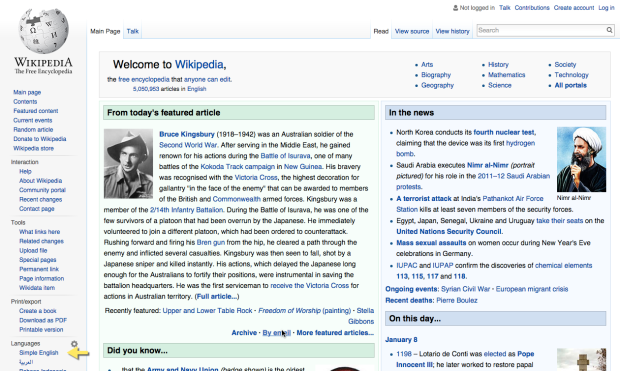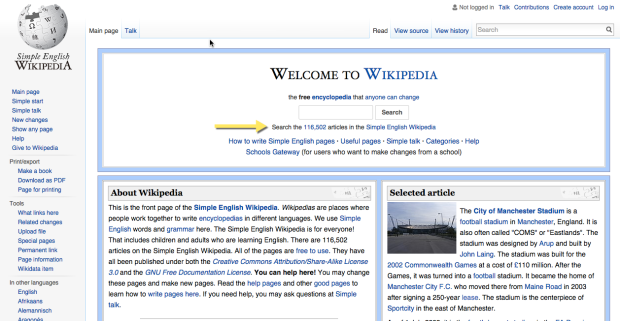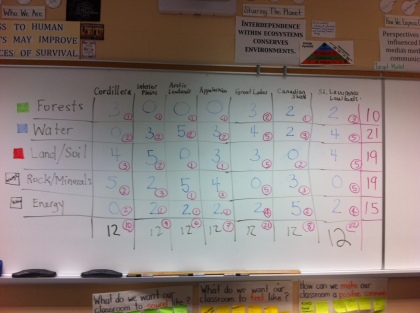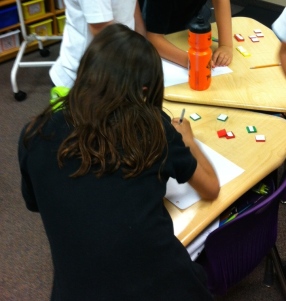Last week, I hosted an IBSO (International Baccalaureate Schools of Ontario) Roundtable to look at how Visible Thinking Routines could used in the context of the PYP (Primary Years Programme). I have been working on incorporating Visible Thinking Routines over the past two years into my programme of inquiry but it wasn’t until I stopped and reflected on them that I realized how powerful they are in bringing together all of the essential elements of the PYP.
Visible Thinking Routines have been around for a number of years and were developed through Project Zero a research incubator at the Harvard Graduate School of Education.
The central idea of the roundtable was: Embedding visible thinking routines as part of the inquiry process, encourages active processing and can contribute to building a community of learners.
The lines of inquiry were:
• Defining Thinking • Features of Visible Thinking
• Connections between Visible Thinking Routines and PYP Essential Elements (knowledge, concepts, skills, attitudes, and action)
• Core Visible Thinking Routines
• Application of Visible Thinking Routines within transdisciplinary learning
A few highlights from each line of inquiry
• Defining Thinking – When we try and define thinking, it quickly becomes very clear that it is a very muddy term that isn’t easy to pin point. There are many different skills or types of thinking that we can use at any one time. The foundation of an inquiry based program involves students asking questions and examining information in order to answer their questions; however it relies deeply on students developing a variety of ‘thinking skills’ in order to do this effectively.
• Features of Visible Thinking – One of the benefits that I have been by using visible thinking strategies in my classroom is the ‘meta-strategic knowledge’ that it builds within my students. In Making Thinking Visible, they discuss the idea of meta-stratetic knowledge as a sub-component of metacognition that was developed by Zohar & David (2008) as “knowledge about the strategies one has at one’s disposal to facilitate and direct one’s own learning.” (Making Thinking Visible, pg. 15). Through using ‘routines’ for thinking, just as we use routines for other aspects of the classroom, students develop an understanding of what type of prompts they can use themselves for specific thinking situations. Another benefit of the visible thinking routines is that they are designed to be easy to remember and implement. Usually they are only a few steps and can be done from memory after you have developed confidence with them.
• Connections between Visible Thinking Routines and PYP Essential Elements – Each of the visible thinking routines provides a plethora of opportunity for development of a wide variety of essential elements. Many of the routines can be done independently or as part of a collaborative process. During the roundtable, we broke into small groups and each took one visible thinking routine and mapped it against the essential elements. One example of this was ‘Compass Points’. Through examining the process of this routine the following components of the essential were identified as having the strongest connections:
Learner Profile – Reflective
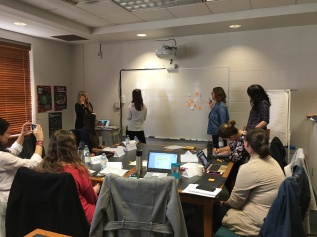
IBSO PYP Teachers trying Compass Point Strategy.
PYP Attitudes – Independent
Key Concepts – Perspective
Self-Management Skills – Informed Choices
• Core Visible Thinking Routines – The routines are organized into three broad categories (1) Introducing and Exploring Ideas (2) Synthesizing and Organizing Ideas and (3) Digging Deeper into Ideas. One of the recommendations that is discussed in the resources provided is around selecting one or two routines to become comfortable with and make them a normal activity in a wide variety of scenarios.
• Application of Visible Thinking Routines within transdisciplinary learning – The teachers in attendance all were quickly able to think of places where the use of this routines would be beneficial, especially during the ‘Tuning In’ stage of a unit of inquiry. One place that I have been focused on incorporating them is throughout the PYP Exhibition. One of our first activities involved completing the Compass Point in order to gauge where the group as a whole felt about the Exhibition. I have also used Headlines and I used to Think … Now I think … as part of a video journal series students are producing throughout the exhibition process to track how their thinking is changing and evolving.
